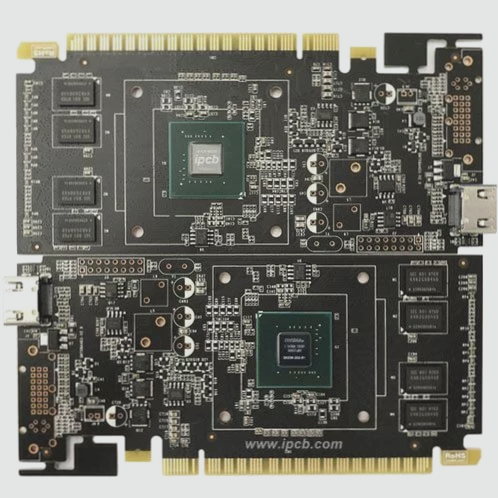What processes does PCB board corrosion undergo?
PCB boards are essential electronic components used across various industries, providing electrical connectivity and supporting components, with 4-layer and 6-layer boards being the most common.
What processes does PCB board corrosion undergo? Read More »







